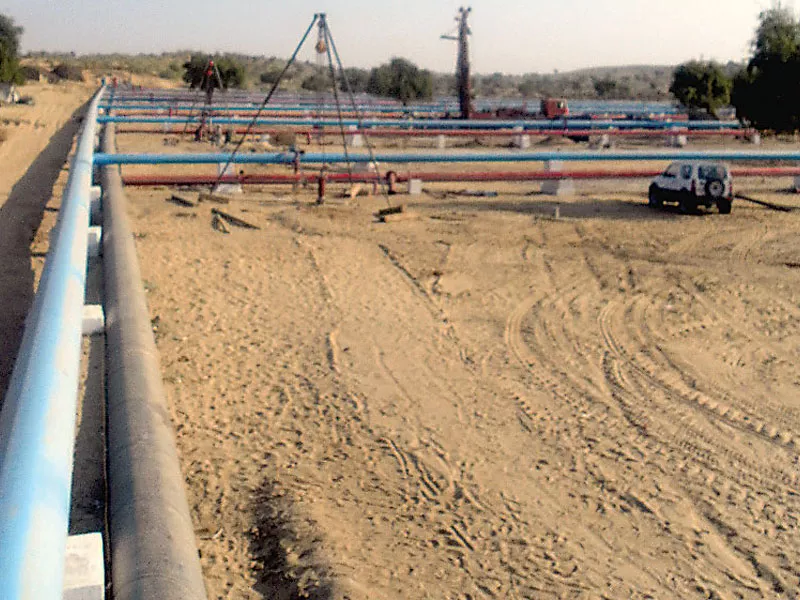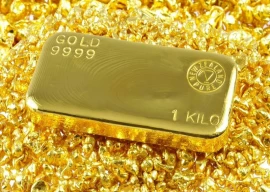
But this complex network of pipelines is in fact the work of Pakistani scientists and engineers who are working on the Underground Coal Gasification project, designed to generate cheap electricity. After the successful experiment of extracting gas in December 2011, the beaming team of scientists is confident that it will successfully produce 100 megawatts of electricity through a pilot project by the end of 2013.
The project had been subjected to considerable scepticism, with many suggesting that the country simply did not have the expertise to run such a complex project. Others argued that Pakistani coal may not be suited for gasification. The scientific team at Thar, however, believes they have proven their critics wrong. In December 2011, they successfully light the first chimney using the coal, an achievement that took about a year’s worth of effort.
Muhammad Shabbir, the head of the team in Thar, said that the project is running on the right track and will be able to produce 100 MW of electricity in the desired period.
Shabbir, a nuclear scientist by training, says his team can produce over 2 billion cubic feet of gas by replicating its current model. That amount is equal to the current shortfall of gas in Pakistan. “If we get $1.1 billion in funds, we can end the present gas shortage in the country,” said Shabbir.
His team is working on Block V in Thar, a 64-square kilometre area that is estimated to have about 1.4 billion tons in coal reserves. Shabbir estimates that his team can use those reserves to generate about 10,000 megawatts of electricity for about 30 years.
The team claims that their costs will be some of the cheapest in the world because the underground coal gasification process does not require the coal to be mined. Meanwhile, the advent of a team of nuclear scientists working on solving the country’s energy crisis appears to have been good for the neighbourhood. The project team has set up a water pump that can supply up to 600 litres of water per minute to the neighbouring villages, saving them the trouble of giving to look for water for their own consumption and for their crops and animals.
“We have lived in this land for centuries without any change in our living habits. Now that we have drinkable water at this site, we may not leave this place for years,” said an old man, whose home was around 50 metres away from the site.
The availability of water, as well as doctors, has begun to make the project site something of a magnet for people in the region.
“We welcome these outsiders since they have never interfered in their lives. Instead, they have helped them a lot because many have got jobs and most importantly water – the source of life in the vast Thar desert.”
Published in The Express Tribune, January 17th, 2012.


















COMMENTS
Comments are moderated and generally will be posted if they are on-topic and not abusive.
For more information, please see our Comments FAQ